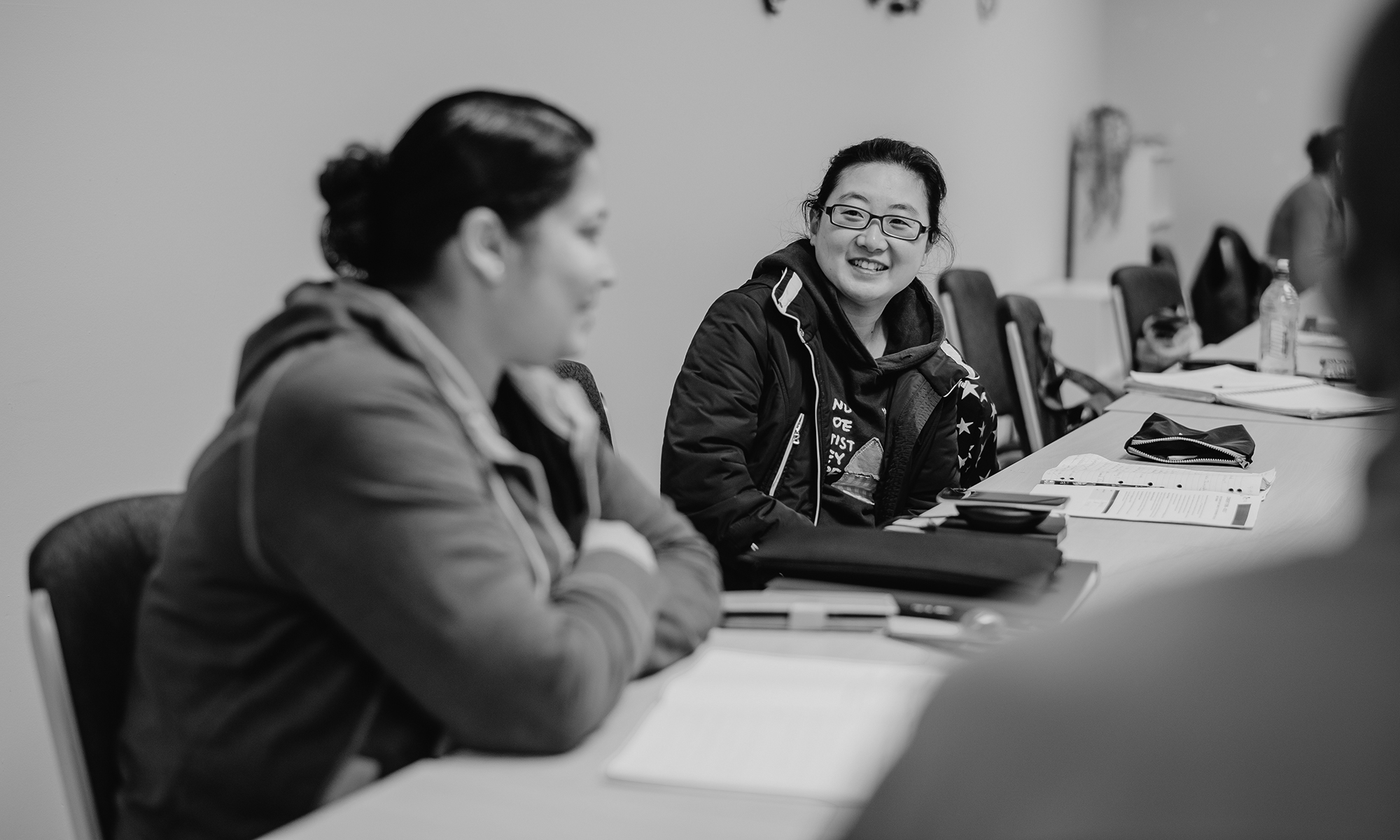Author/s: Tracey Ollis
Edition: Volume 51, Number 2, July 2011
Summary: This paper explores the informal and social learning dimensions of activists as they learn skills and knowledge through participating in social action. In doing this I draw on Lave and Wenger’s epistemology of situated learning and Bourdieu’s theory of ‘habitus’. I argue activists learn an array of community development skills in the social environment of activism. I claim activists’ learning is cognitive, embodied and situated in practice. This paper is based on empirical research in Australia, where in-depth interviews were conducted with activists to uncover their important pedagogy. It explores the learning dimensions of two groups of activists. ‘Lifelong activists’ who have generally been involved in student politics and have participated in activism over many years, and ‘circumstantial activists’ who become involved in protest due to a series of life circumstances. This paper claims that while both groups’ learning is social and informal, lifelong activists tend to develop their skills incrementally by being involved in the fertile site of student politics. On the other hand, circumstantial activists, not having had the benefit of early immersion in a community of practice, are rapid learners. They are frequently taken out of their comfort zone as activists and need to acquire new knowledge and skills urgently in order to practise effectively. Some circumstantial activists remain on the periphery of activism and never fully immerse themselves in the practices of activism. I argue there is much to be gained from understanding learning in social action, an epistemology of adult learning which deserves greater prominence in current adult education discourse.
Keywords: informal learning, social learning, social action, Lave, Wenger, epistemology of situated learning, Bourdieu, theory of habitus
![]()
![]()
![]()
![]() Share a copy of this abstract.
Share a copy of this abstract.
This article is part of AJAL, Volume 51_2. The entire volume is available in .pdf for purchase here.
